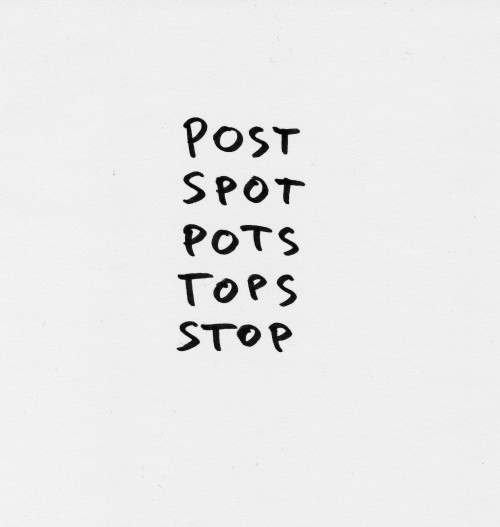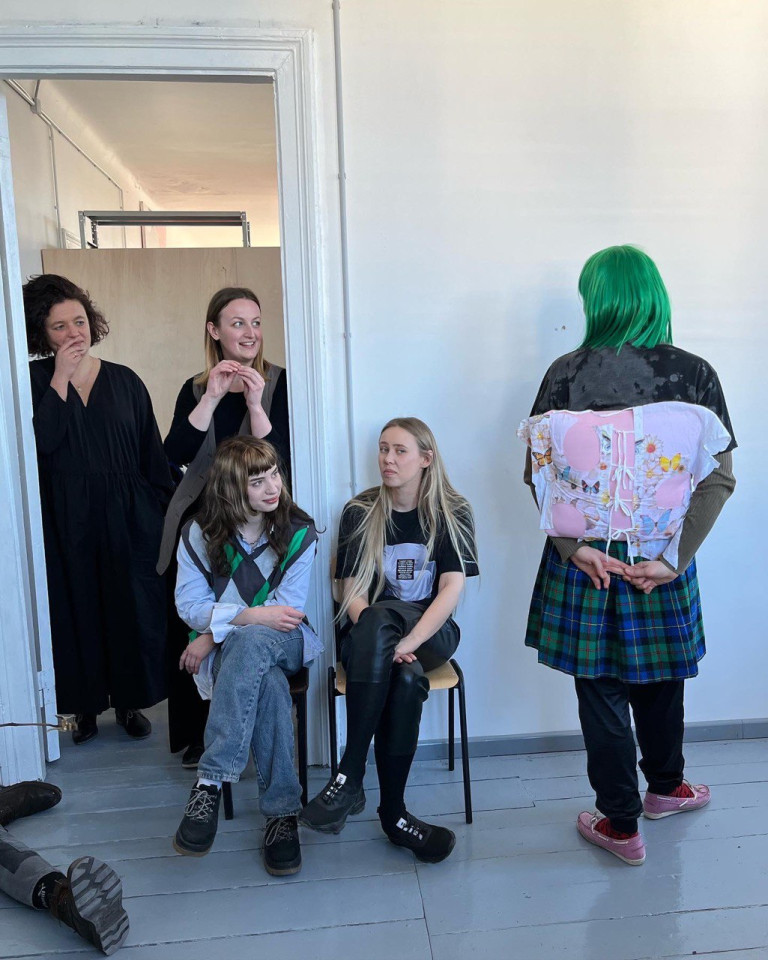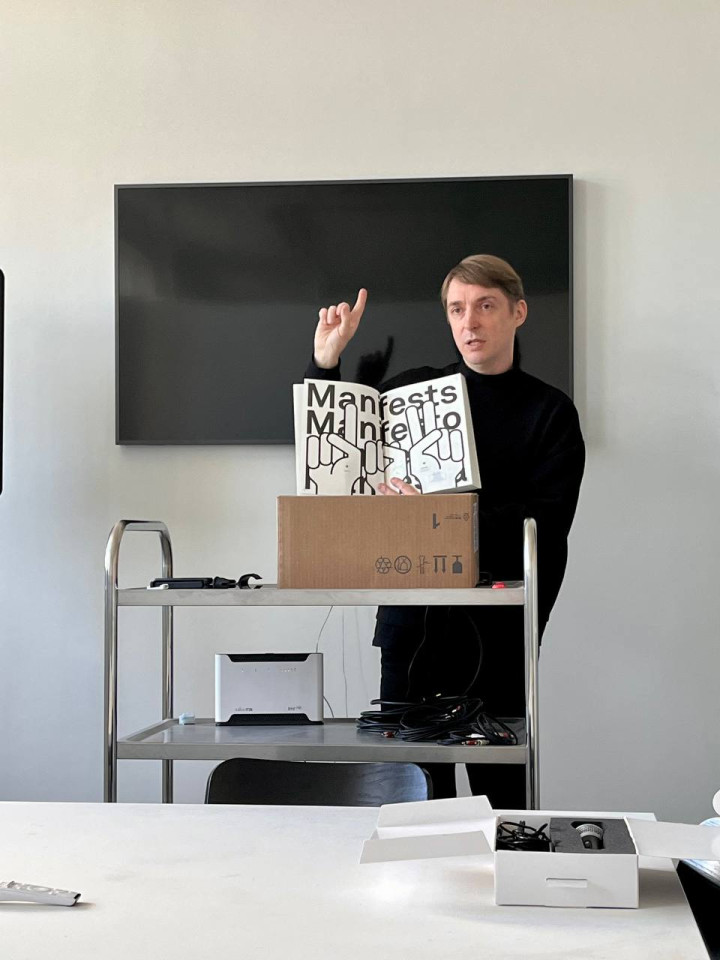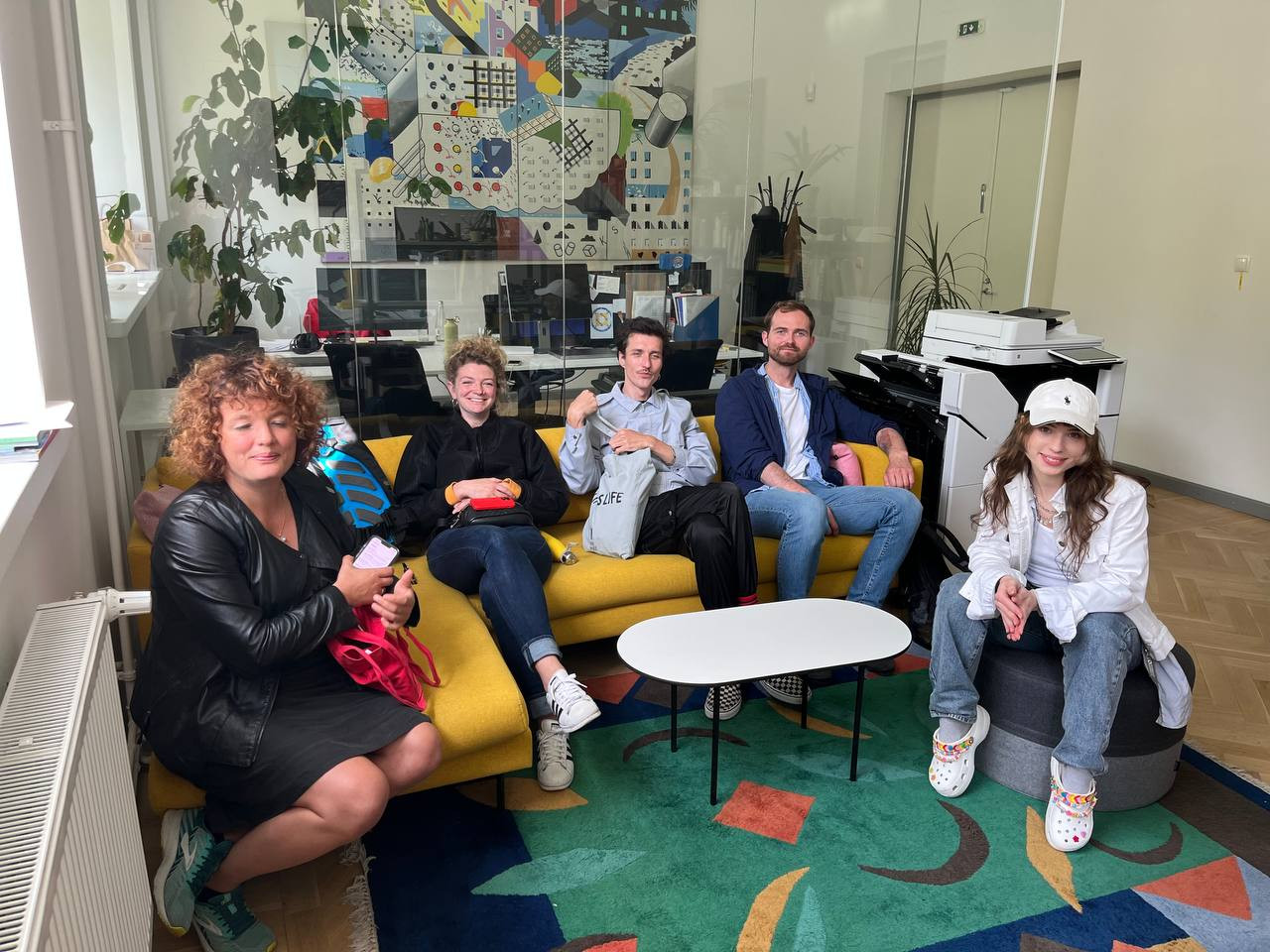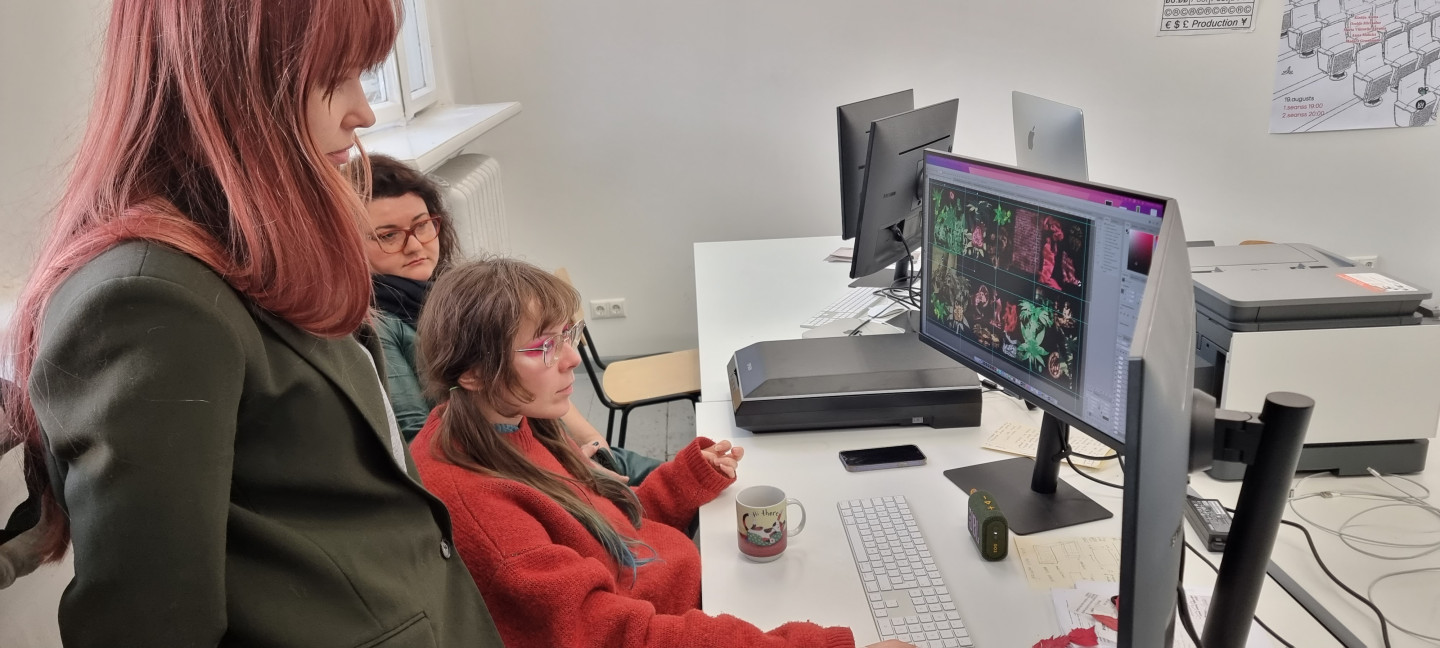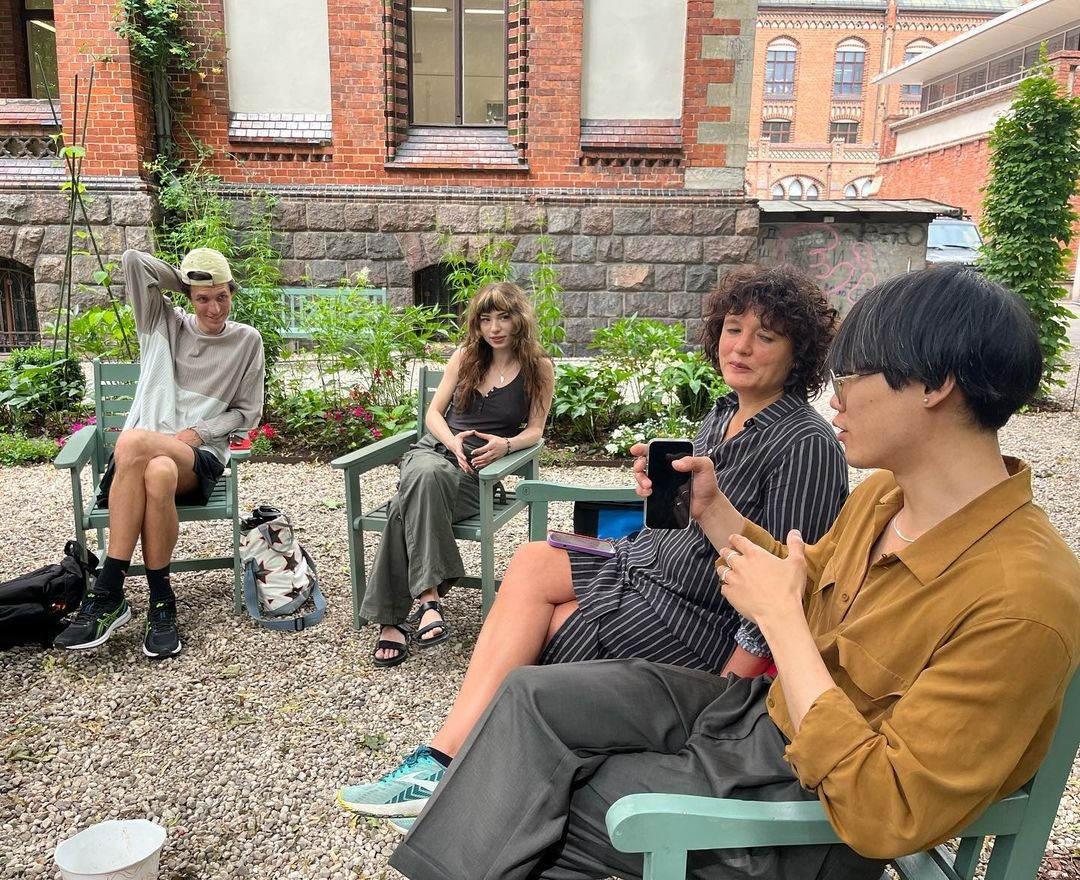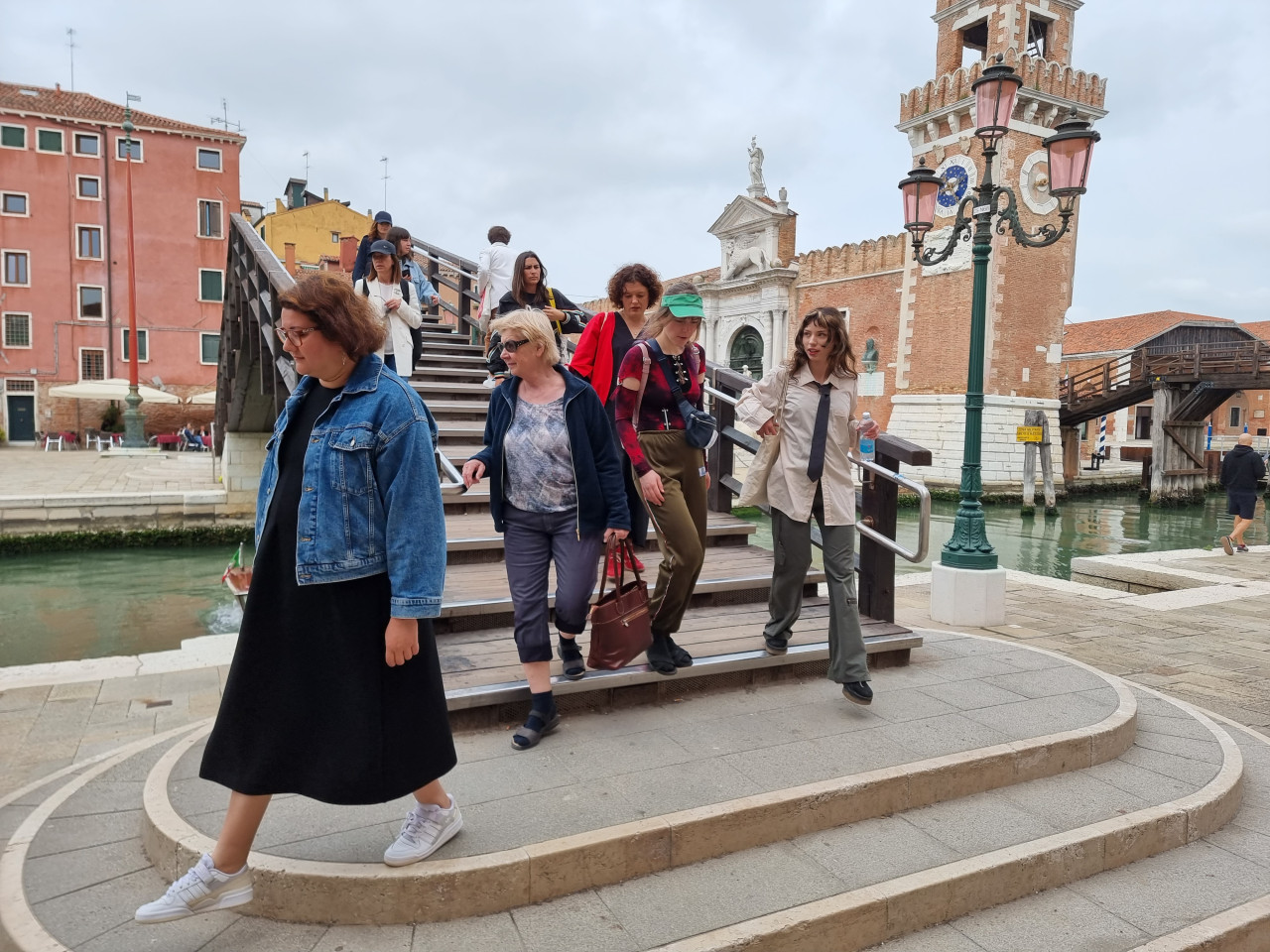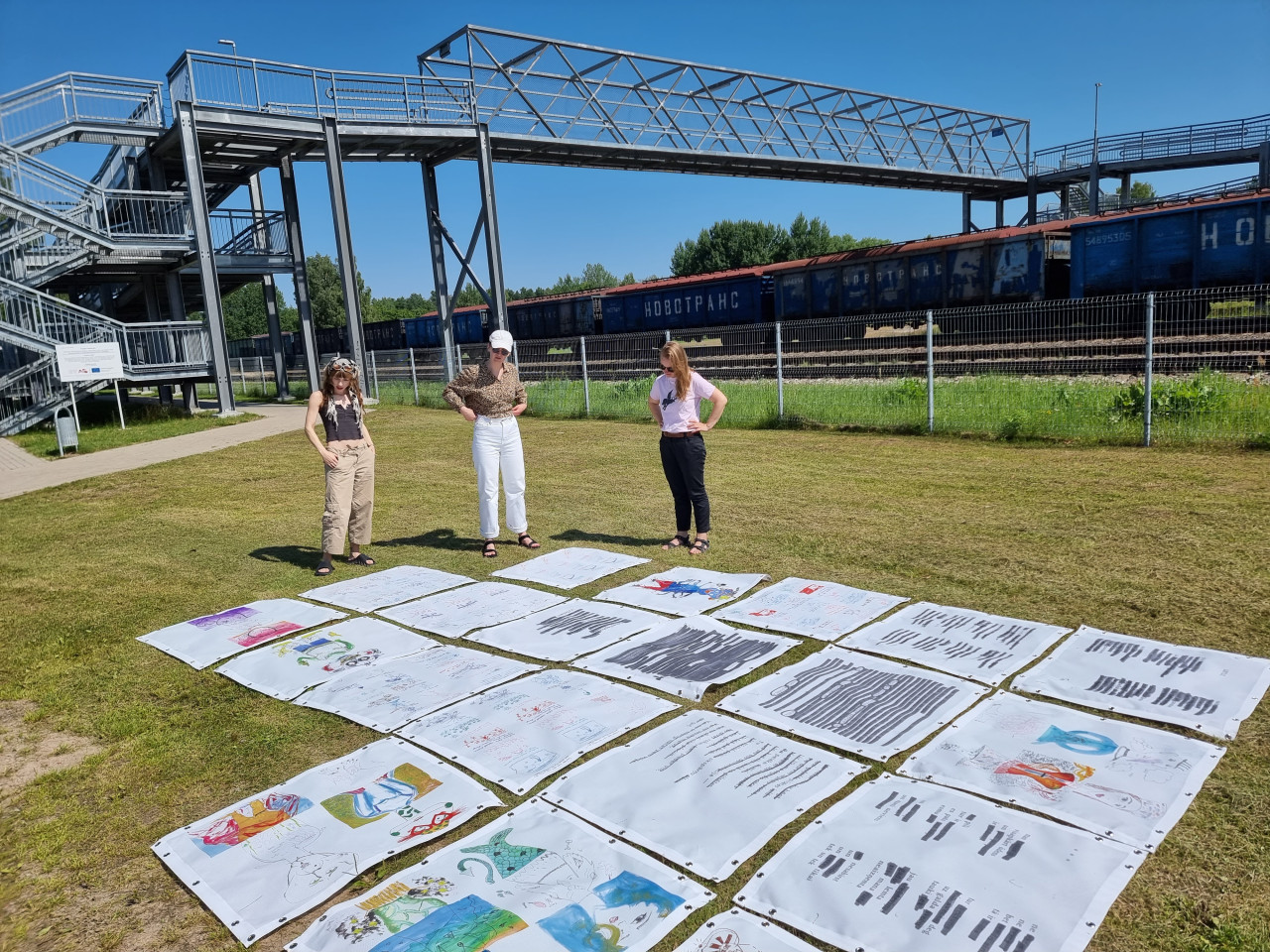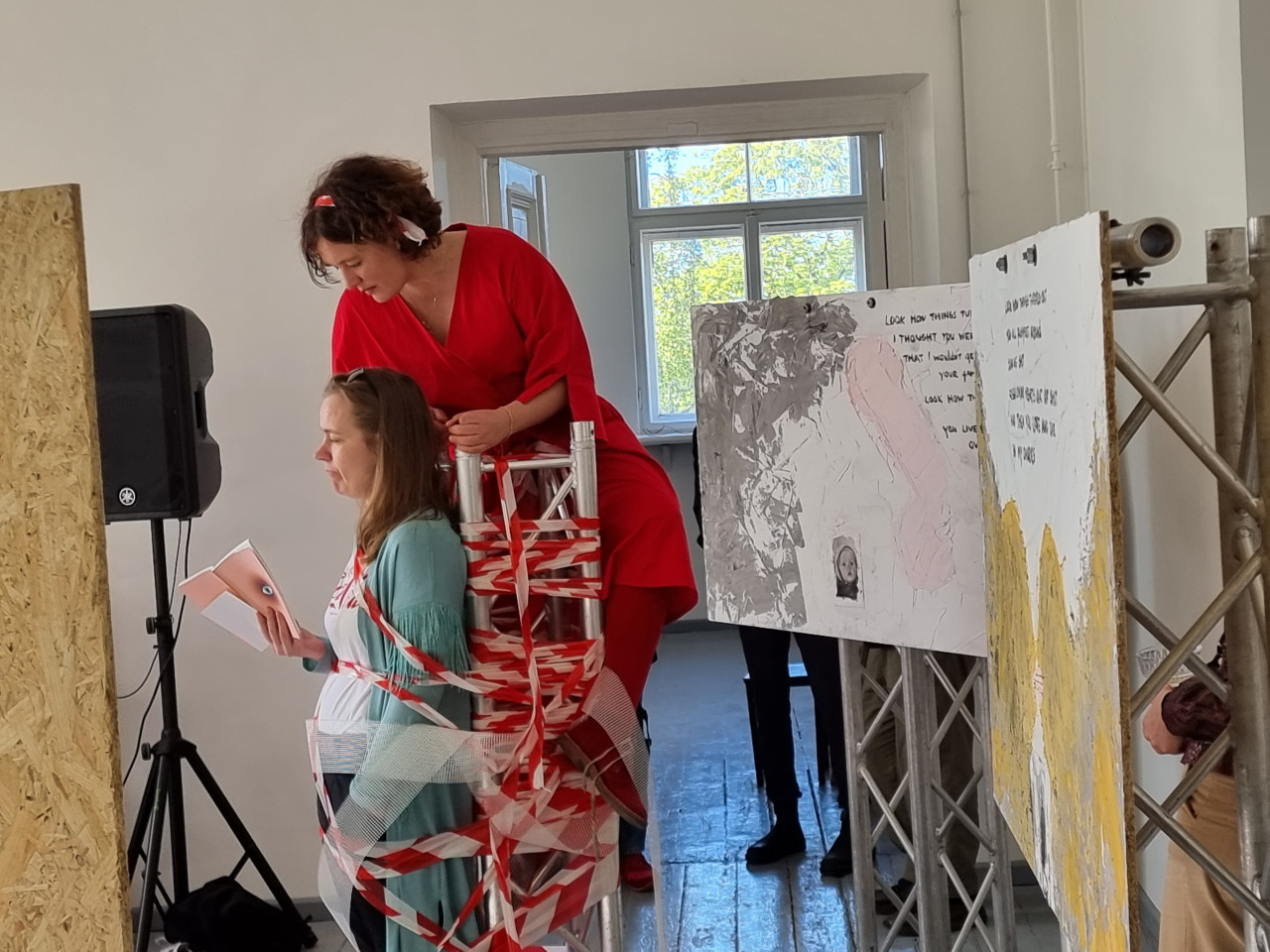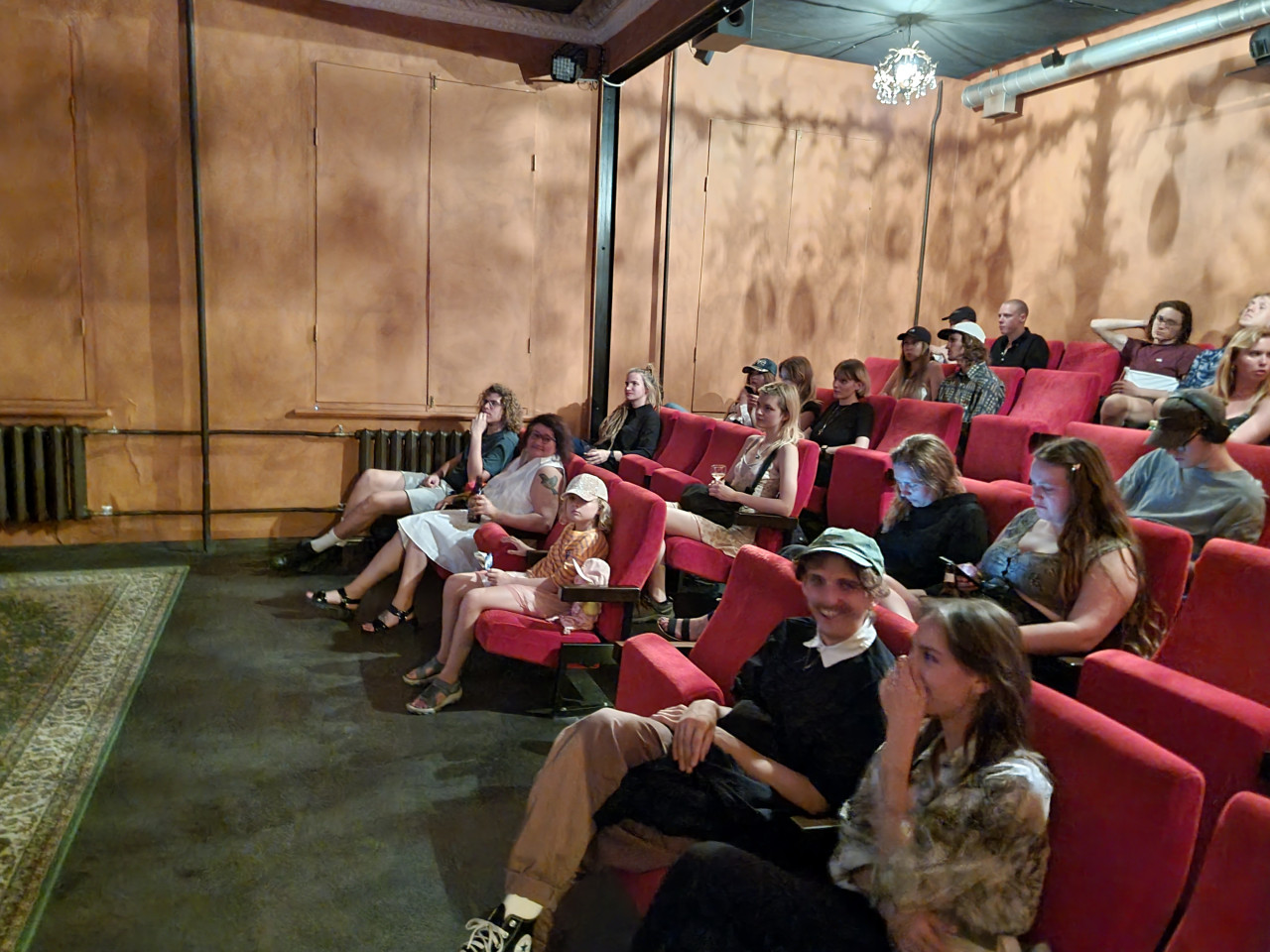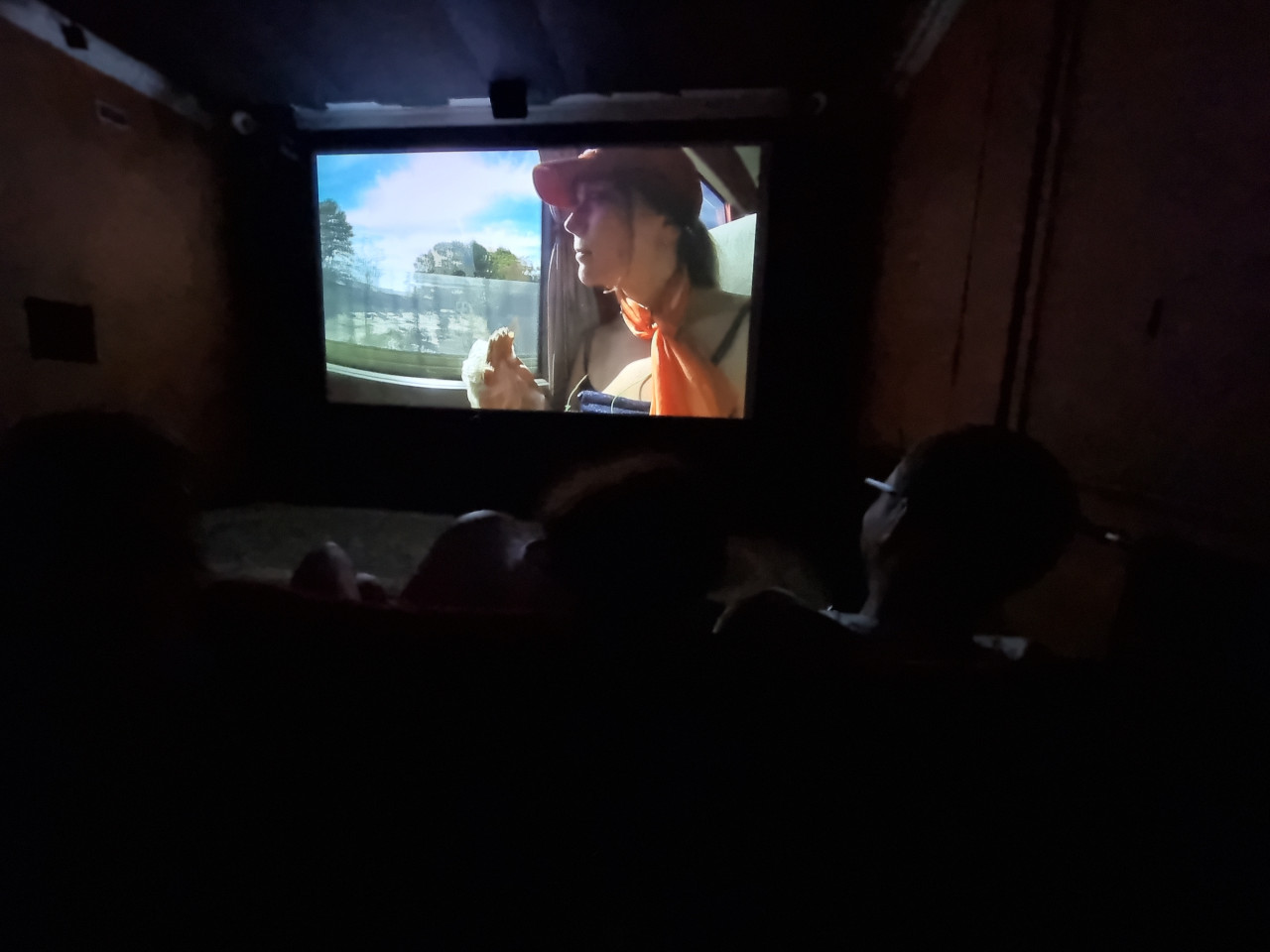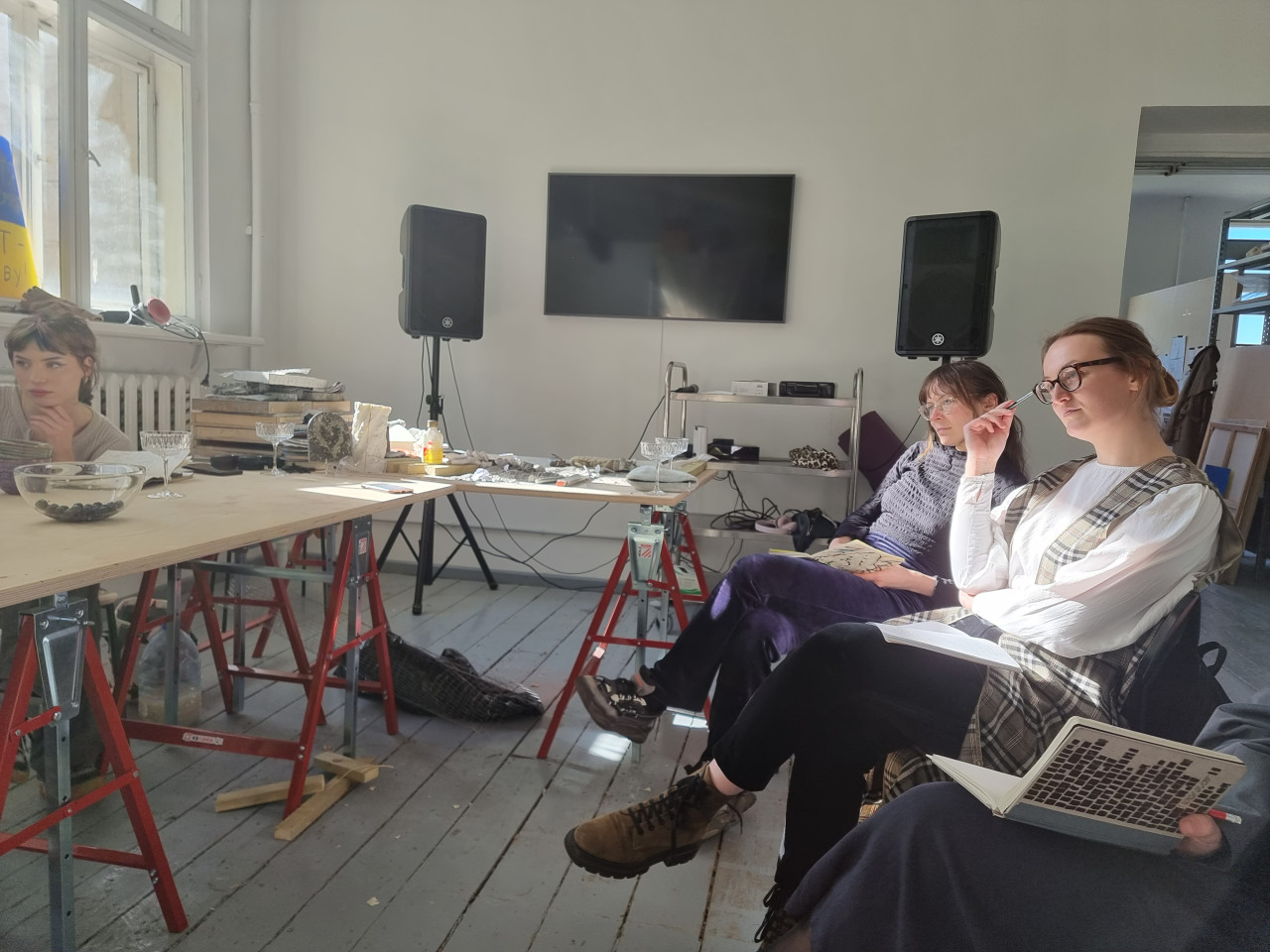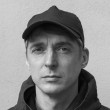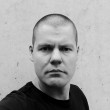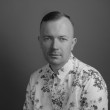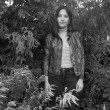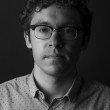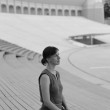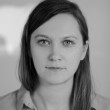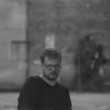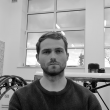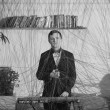About
A LOT OF PEOPLE think that there are only a few swimming-strokes exist like the frontcrawl, backcrawl, breaststroke and maybe the butterfly stroke (or dolphin stroke) sounds familiar too. These swimming-strokes are used in swimming competitions and that is where you probably know them from. But perhaps you know these swimming-strokes also from your local swimming-pool where you or your child get their swimming-lessons. Nevertheless, there are much more swimming-strokes than one might think!![1]
POST is an interdisciplinary master’s specialization which is based on ideas of art in context.
The programme seeks to explore and examine how it is possible to study art today, while being simultaneously in Eastern Europe and Northern Europe, a region with different borders characterised by a changing environment and a rich experience regarding the forced use and collapse of global ideologies. Taking into account the cultural, historical and geopolitical contexts and the artistic processes attached to them, we are located in an environment of unique experiences. MA POST can be perceived as an open study space for various ideas and experiments, moving along in the zigzagged relief of practice. The structure of this specialization consists of three blocks: Practice, Theory and Context, with tutors whose backgrounds cover the fields of poetry, philosophy, graphic design, painting, sculpture, music as well as many other art and theory forms – Kristaps Ancāns, Ieva Astahovska, Artis Ostups, Jānis Ozoliņš, Kaspars Groševs, Kārlis Vērdiņš, Armands Zelčs un Amanda Ziemele. Every two years, students from Latvia and abroad who have completed their bachelor’s degree and have a wide range of interests, skills, beliefs and an indistinct view of the purpose of life are invited to apply to the programme. Students who lack a portrait in a landscape, sound in still life and movement on a pedestal.
PRACTICE
The key objective of the block is to shape and reconstruct individual artistic practice, thinking about creative activity and arrangement of the inclusive terrain as a process. The programme offers time, space and support for the analysis and development of practice, expecting the student to be involved in motivated, self-organised work in the studio or outside it. The student is supposed to take active part in the study process not only by analysing his or her own practice, but also by commenting on the processes of creative activity of contemporaries, thus expanding the general understanding of the formation of practice. Art practice as research denotes a state in which yet unknown values are sought, outlining their potential in connection with thirst for knowledge. Each student enrolled in the programme has a support team of two practice instructors. International experience of the lecturers and personal practice that covers various art media provide a comprehensive and multifaceted critical contribution to the study process.
The structure of the Practice Block does not provide a passive involvement, but rather offers to challenge the understanding of art nowadays and processes in one’s creative activity, without restricting it to a specific category or framework. The specialization calls for the formulation of a set of attitudes by exploring the specific or expanded meanings and spaces of the different media and their aggregate as well as the possibilities of their intersection or convergence. We encourage the students to disassemble and reassemble – to reassemble the combination as they desire and disassemble it again if it is still not convenient, or transform anything at their discretion so that it becomes something else. The course is focused on the analysis of the individual way of thinking and self-reflection, applying skills and knowledge and a critical view. Taking three steps back and one step forward. Great emphasis is put on the experiments and interpretation in the search for the form of expression, regardless of whether the form is material or intangible, three-dimensional or two-dimensional, digital or performative, puritanical or hedonistic, etc.
The new specialization is aimed at capturing an idea that could be viewed or experienced in the form of an exhibition at the end of each study year, in exhibition projects outside the study as well as in the final exhibition after two years of study.
THEORY
Theory block consists of three parts: Critical Theory & Art, Creative and Uncreative Writing as well as Academic and Practice Writing.
The Critical Theory & Art course offers a range of theoretical perspectives that shape the discourses on art and visual culture in the late 20th and early 21st centuries, exploring how artistic practice and theoretical and political matters intersect. The course draws on the shifting fields of trauma and memory studies, gender & sexuality studies, disability studies, critical race studies, psychoanalysis, post-colonialism, posthumanism, ecocriticism, and new historicism. Equally important are regional studies that examine cultural changes in Baltic, East-Central, and North European region. The course takes place in the form of seminars once a week, with focused reading and discussing the reading list on critical theories and art chosen by the course leaders. Special guests are also invited to lead seminars in their field of expertise.
The Creative and Uncreative Writing course explores the multitude of relationship between text and visuality in nowadays culture with flashback to modernist art and literature. It will consist of both reading creative and critical texts as well as working on creative assignments. The course will address such genres as visual poetry, avant-garde literature, manifestos, digital writing as well as conceptual / uncreative writing and the many opportunities provided by the social reality of the 21st century and its abundance of printed and digital textual information. In the first two semesters, focus is on coursework which will consist of text analysis, discussions, and homework. In the 3rd semester, each student is expected to work on their (un)creative project together with members of Preiļi Conceptualist Poets group and to participate in group exhibition of the course projects.
The Academic and Practice Writing course students acquire skills in writing and presenting academic/critical texts and receive training in creating texts of different genres. The course covers the art of argumentation, work with theoretical sources, preparation and presentation of artistic research as well as annotations, conference panels and reports, accompanying texts for works of art and exhibitions, artist talks, etc. Students are introduced to both academic standards of text composition and artistic writing practices and encouraged to perceive writing as a dynamic practice that involves certain social, institutional, international and national contexts. In the first semester, focus is on academic/critical writing. In the next two semesters, the classes on practice writing will consist of in-class text analysis, discussions, as well as writing assignments as homework. In the final semester, each student is expected to work on their artist talk in connection to their final project.
CONTEXT
The course aims to explore seemingly random or deliberately selected, interconnected fragments of circumstances, events, facts and experiences that may prove fundamentally necessary or, on the contrary, superfluous, in order to approach the possibility of comprehending the meaning or notion of the aggregate or causal relationships in art. The Context block offers a closer look at various aspects that can influence the work of art or an artist – culturally, politically, socially, economically, geographically, institutionally and in other ways. This section of the course takes the students on a journey to three enigmatic planets: the artist’s planet, the work of art’s planet and the viewer’s planet. How free are we or can we be in this space?
Students will look for answers to the following questions during seminars and workshops of practicing artists:
- What happens if a work of art or an artist is translocated in different contexts?
- What happens if an artist or a work of art accidentally comes into an unfamiliar context?
- Does the artist have the opportunity to distort or influence the context with or without the help of a work of art?
- What happens when the work-context relationship is deliberately ignored?
- What could be the relationship between the form, content and context of a work?
The Exitus course focuses on the possibility of coming into contact with the processes of creating exhibitions in various circumstances and contexts, seeing them as miniature research models for extensions of experiences. When coming into contact with different exhibition formats and their alternative formations, the study course provides an opportunity to encourage working with several forms of collaboration, from institutions to activism in public space or autonomous events covered with camouflage of different social patterns. In addition, each semester the students will be offered a chance to participate in a project initiated by the tutors.
A group visit to a place, event or exhibition within the Excursions course is formed as an experience. Travelling or wandering serves as a possible research method and supplement to exploring and reviewing the set of knowledge, skills and abilities acquired in practical work. Shared experience as a form of cognition is seen in the programme as an opportunity to react to the surrounding art processes that the students would like to get closer in order to be able to perceive, to get engaged and to share the impressions gained.
The Out of Context course offers a look at a person’s daily habits and the processes that accompany them, the importance of which is oftentimes overlooked when addressing essential and multi-layered issues in the field of art. Choosing a person’s bodily experience and knowledge as a point of reference would bring a combination of questioning glances, feelings and experiences closer to the inside and outside, in contact with the aggregate of the surrounding conditions. During the course, we will touch on various topics and phenomena related to the question of what it means to live as a body, including tickling of the mind, procrastination, personal hygiene, cognitive training, etc., becoming a possible momentum, an unexpected turn in further creative activity.
The aim of the Creative Industries study course is to facilitate the ability to develop new ideas, processes, and creative outputs promoting a deeper understanding of trends and developments in the creative industries using the problem-based learning approach. The study course will contribute to the ability to deeply understand one’s creative practice through reflective practice applied to the dissemination of creative work, through creating a market or developing an audience for it. Students will be encouraged to find opportunities, to take advantage of these opportunities, to think about their artistic work in terms of sustaining a career, in terms of negotiating to the betterment of their practice.
CONTACTS
[1] http://www.zwemslagen.nl/EN/IndexEN.html
ECTS course catalogue II (FALL) SEMESTER:
MA level 2nd year
